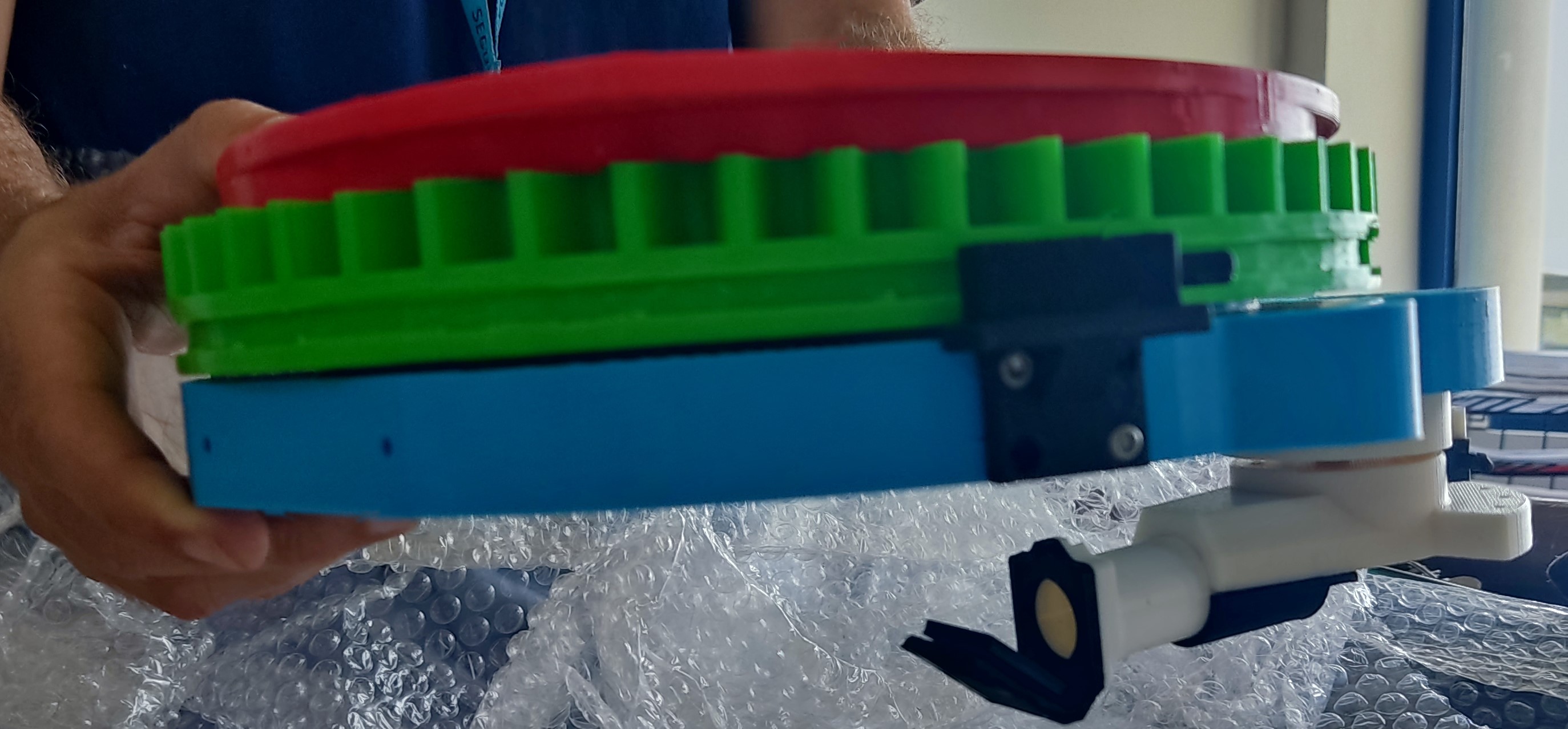The Society of Photo-Optical Instrumentation Engineers (SPIE) held the biennial event “SPIE Astronomical Telescopes + Instrumentation” in Montréal, Canada, from 17th to 22th of July, 2022.
The meeting (held in person for the first time since 2018) featured over 2,000 technical presentations focused on the latest engineering advancements of technical aspects of ground-based, airborne, and space-based telescopes, and their supporting instrumentation. The spotlight went to the JWST, with more than 50 presentations, but other major projects also received attention, such as NASA Exoplanet Archive, the ELT, the Gemini High Resolution Optical Spectrograph (GHOST), the Near InfraRed Planet Searcher (NIRPS) and the future technology requirements for ESA missions.
In addition to the technical presentations, the meeting hosted nearly 100 companies during a three-day exhibition, offer focused continuing-education courses and provide a dedicated Community Lounge where most of the numerous networking and social events were held.

Website: https://spie.org/conferences-and-exhibitions/astronomical-telescopes-and-instrumentation
At this congress, all the teams of the institutions that are part of the HARMONI Consortium presented papers and posters (and even gave a presentation, such as this).
In particular, the CAB HARMONI team presented a paper, two posters and a 3D printed scale model of the LOWFS:
- “HARMONI at ELT: Pick-Off Arm module design status and protoype results” by Alberto Estrada Piqueras (article and poster)
Abstract: HARMONI is the first light visible and near-IR integral field spectrograph for the ELT. It covers a large spectral range from 450nm to 2450nm with resolving powers from 3500 to 18000 and spatial sampling from 60mas to 4mas. It can operate in three Adaptive Optics modes – SCAO, HCAO and LTAO – or with NOAO. The project is preparing for Final Design Reviews. The Pick-Off Arm (POA) module is part of the Low Order Wavefront Subsystem (LOWFS) which provides field stabilisation and low-order wavefront sensing in seeing-limited and LTAO observing modes, measuring the motion of the instrument focal plane relative to the telescope wavefront sensors. The POA module provides the source acquisition and tracking capabilities with 6 μm accuracy over a technical field of 400 mm (120 arcseconds) in diameter. The acquired beam is then reflected into the AO bench (LOB). A two-axis theta-phi architecture is proposed, with a large 600mm diameter “theta” axis carrying at its perimeter a small “phi” axis; the combined rotation of both therefore allowing a 300mm long periscope carried on the phi axis to position a Pick-Off Mirror anywhere within the full technical field. A flow-down of the main requirements is presented, describing the interaction between the different error contributors and the overall accuracy budget. Furthermore, we present the POA baseline design, together with the analysis of the technologies used within the POA different units. Finally, the prototype activities developed are also described with preliminary results of tests demonstrating the required positioning accuracy.
Link: https://doi.org/10.1117/12.2627498
- “HARMONI al ELT: an evolvable software architecture for the instrument pointing model” by Gonzalo J. Carracedo Carballal (poster)
Abstract: HARMONI is the first light visible and near-IR integral field spectrograph for the ELT. To achieve its optimal image quality, an accurate measurement of the telescope’s pointing error is necessary. These measurements are affected both by systematic and random error contributions. To characterise the impact of the latter (as well as the performance of any necessary corrective model), simulations of the pointing error measurement process are required. We introduce harmoni-pm: a Python-based prototype which, departing from a geometric optics modelisation of the instrument, attempts to reproduce the main drivers of the instrumental pointing error. harmoni-pm features a software architecture that is resilient to instrument model refinements and enables performance analyses of corrective models based on simulated calibrations. Results showed that the relay optics are the main drivers of the instrumental pointing error (order 100 μm). Additionally, simulated calibrations of corrective models based on truncated Zernike expansions can compensate for systematic pointing errors up to a residual of order 1 μm.
Link: https://doi.org/10.1117/12.2629016
- 3D printed LOWFS scale model by Alonso Álvarez Urueña



